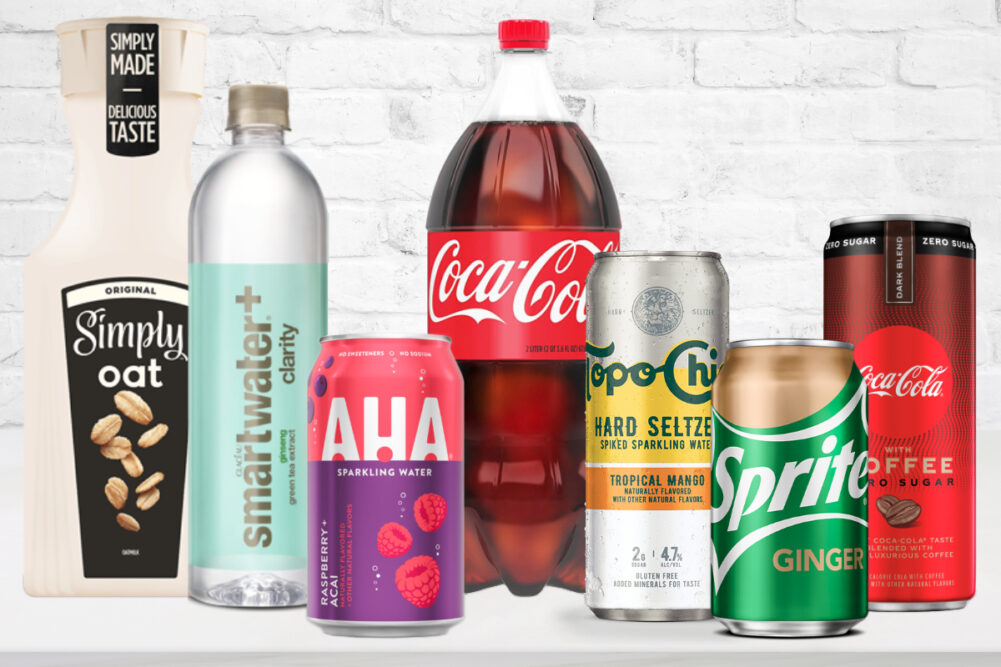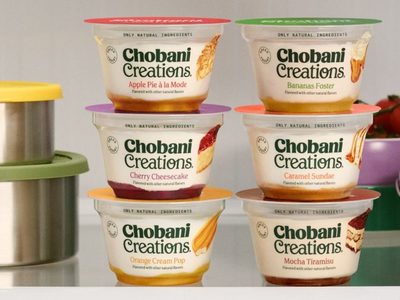ATLANTA — Numerous positive signs emerged at Coca-Cola Co. for the company’s business during the first quarter of 2021, but “the path to recovery remains asynchronous around the world,” the company said. Prospects at Coca-Cola for the balance of the year will be highly reliant on progress in the battle against the coronavirus pandemic and the associated ending of lockdowns, the company said.
“Global unit case volume trends remain closely linked to consumer mobility, driven by vaccination rates in different markets and related improvements in away-from-home channels,” Coca-Cola said.
The company said volume trends improved each month during the quarter, which ended April 2.
Drilling deeper into the results was James Robert B. Quincey, chairman and chief executive officer.
“We saw mid-single-digit volume declines through mid-February, trends have improved since then,” he said in an April 19 conference call with investment analysts. “We’re pleased to say that March marked a return to volume levels seen in March of 2019 prior to the pandemic.”
Still, he cautioned recovery from the virus is anything but smooth sailing.
“The breaking news today is the weekly new cases of COVID has hit an all-time peak,” Mr. Quincey said. “So whilst vaccinations are rising in many countries, US, UK, etcetera, the flip side is there’s actually a new high in terms of cases. Obviously, a number of developing markets, but also Continental Europe as well.”
Where infections rates are high, lockdown rates generally are high, too, weighing on Coca-Cola’s away-from-home business, Mr. Quincey said.
“Conversely, as markets start to open, It’s worth remembering it's not an on-off switch,” he said. “There's a phasing of how markets tend to reopen. But that's true in the US. So for example, in the US, the fountain volumes were still negative in March because whilst people are going out to restaurants and there’s more mobility, it’s not back to what it was. The occupancy levels of offices are nowhere near 100%.”
Coca-Cola net income in the first quarter was $2.26 billion, or 52¢ per share on the common stock, down 19% from $2.8 billion, or 64¢ per share, in the first quarter last year. Net sales were $9.02 billion, up 5% from $8.6 billion.
A wave of new product introductions in the United States, including Topo Chico Hard Seltzer, highlighted first-quarter developments in the region.
Within a review of developments globally, the company listed a wide range of US new product introductions launched in the first months of 2021. The innovation spanned numerous beverage categories, beginning with smartwater+, flavored hydration options targeted toward “specific wellness occasions,” the company said.
“Three smartwater+ variants — smartwater+ clarity, smartwater+ tranquility and smartwater+ renew — deliver unique hydration experiences and will be supported by a 360-degree marketing campaign,” Coca-Cola said.
Coca-Cola with Coffee and Coca-Cola with Coffee Zero Sugar, available in many markets globally, have been introduced in the United States. The products aim “to give consumers a refreshing and reinvigorating reset to their daily routine,” Coca-Cola said.
The company said the United States became the 50th market globally to launch the coffee product.
Success elsewhere also was followed by the recent US introduction of Topo Chico Hard Seltzer. The product had been expanding in Latin America and Europe. The launch in the United States was accompanied by an agreement with Molson Coors Beverage Co.
Despite the innovation, unit case volume in North America fell 6% in the first quarter, relative to a year earlier. The region experienced strong growth in sparkling soft drink sales directed toward at-home channels with the fairlife, Simply and Topo Chico brands offering boosts.
“This was more than offset by continued coronavirus-related declines in the fountain business, along with a decline in the hydration category primarily due to cycling the consumer stocking in the prior year driven by coronavirus-related uncertainty,” the company said.
Adjusted operating income in the first quarter in North America (excluding currency effects and other items affecting comparability) was up 24%, boosted by pricing and “effective cost management,” Coca-Cola said.
Among broader initiatives performing well, Mr. Quincey said a new Sprite campaign, the company’s first ever global, integrated effort, is off to a good start.
“Our Sprite Let’s be Clear campaign kicked off in markets from Asia to Africa to Latin America,” he said. “The message is resonating with consumers, with impressions, views and engagement levels above last year and intent-to-purchase metrics showing promising signs. This campaign aligns with our transition to a more sustainable clear bottle, which is important in helping us achieve our World Without Waste goals.”
Other major efforts being pursued in 2021 Mr. Quincey highlighted included building the company’s Costa brand coffee business and unveiling a new formula and packaging for Coca-Cola Zero Sugar.
“Despite its enormous success, Coca-Cola Zero Sugar still represents a relatively small percentage of the trademark, and we continue to respond to consumer desires for lower sugar options, and the rollout will be supported by a global occasion-based marketing campaign,” he said.
Updating guidance for the full year 2021, Coca-Cola expects organic revenue growth in high single digits. While this guidance was unchanged from a quarter earlier, the company now expects a currency tailwind of 1% to 2%, based on a stronger US dollar. Similarly, the company left its earnings-per-share guidance unchanged, with high single-digit to low double-digit growth, from $1.95 per share in 2020, Coca-Cola expects a currency tailwind of 2% to 3%.
“Last quarter, we said that despite a rising commodity environment, we expected a relatively benign impact in 2021, given our hedged positions,” said John Murphy, executive vice president and chief financial officer. “While this continues to be the case, we're closely monitoring upward pressure in some inputs such as high-fructose corn syrup, PET, metals and other packaging materials as they impact us as well as our bottling partners.”




